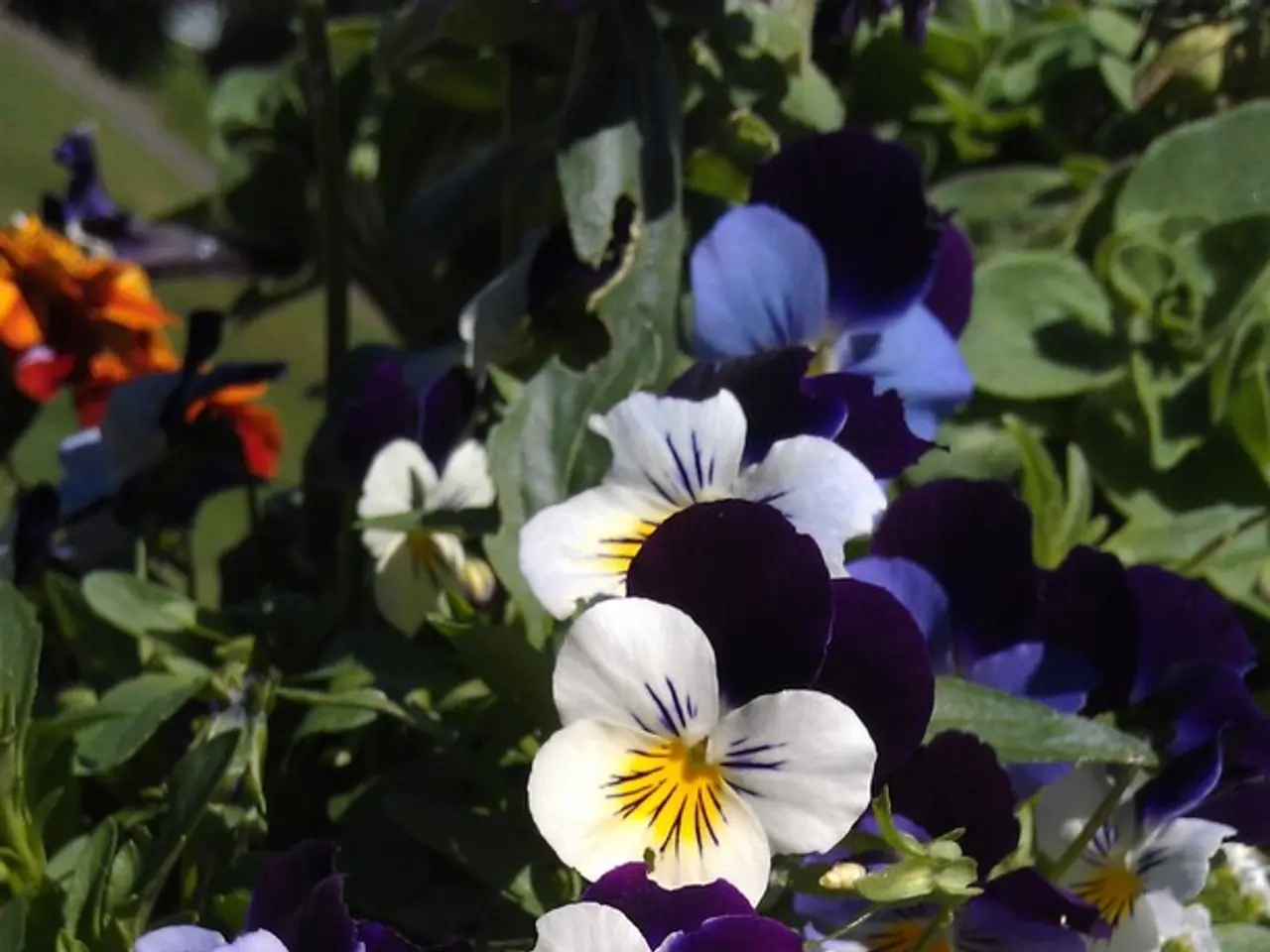Preventing Jasmine Plant from Blooming Explained, along with Suggested Actions
In the heart of every garden, there's a special charm that blooms with an intoxicating aroma - the jasmine plant. However, if your jasmine hasn't been flowering as expected, there could be several common factors at play.
Jasmine plants thrive in a variety of conditions, but they do have specific needs to flourish. One of the key factors is insufficient light. Jasmine requires plenty of sunlight, preferably at least six hours of bright sunlight per day. If it's in too much shade, moving it to a brighter location can help encourage flowering.
Another common issue is too much fertilizer. Excessive fertilizing, especially with high nitrogen, can promote leafy growth but reduce flowers. Use a balanced, slow-release fertilizer sparingly during the growing season.
Improper pruning timing can also interfere with next year's blooms. Prune jasmine right after flowering, cutting back no more than a third above a leaf junction. Late pruning can remove buds and reduce blooms.
Cold winter stress can also affect jasmine plants. Although jasmine tolerates cold to about 10°F briefly, prolonged freezing can inhibit flowering. Protect plants from frost by covering or bringing containers indoors, and use mulch to insulate roots during winter.
Soggy roots or poor drainage can lead to root rot, which stresses the plant and prevents blooming. Allow soil to dry slightly between waterings and ensure pots and soil drain well.
Too-large container can cause root problems that reduce flowering. Repot jasmine into a slightly larger container only when necessary, with well-draining soil.
Inadequate winter rest is crucial for jasmine plants. They require a dormant period with cooler temperatures and less water to initiate flowering cycles. Avoid excessive watering or warmth during winter dormancy.
By optimizing light, watering, fertilizer, pruning timing, winter protection, and container size, you can encourage your jasmine to bloom properly. Remember, jasmine won't tolerate sitting in water, so ensure proper drainage and watering.
It's also essential to understand the type of jasmine you have and if you are growing it in an appropriate zone. Some plants called jasmines are not true jasmines, and some jasmines do not tolerate very cold winters, which might affect their flowering.
Regular pruning after flowering helps a jasmine stay neat and at a reasonable size. If you are just a little outside its hardiness zone, some protection in the winter can help. Lastly, potted jasmine house plants should be given time to rest in the dormant season.
With these tips in mind, your jasmine plant should soon be filling your garden with its delightful fragrance once again.
In the realm of home-and-garden pursuits, ensuring a lush and vibrant jasmine plant is a rewarding endeavor. If you notice your jasmine isn't blooming as expected, consider inadequate light, too much fertilizer, improper pruning timing, cold winter stress, soggy roots, a too-large container, and inadequate winter rest as potential factors affecting its blooming.




